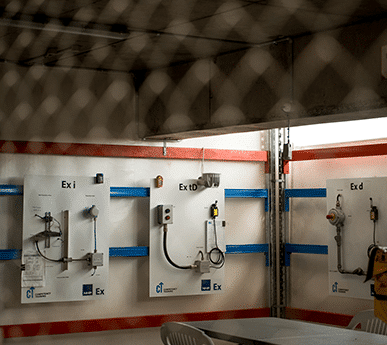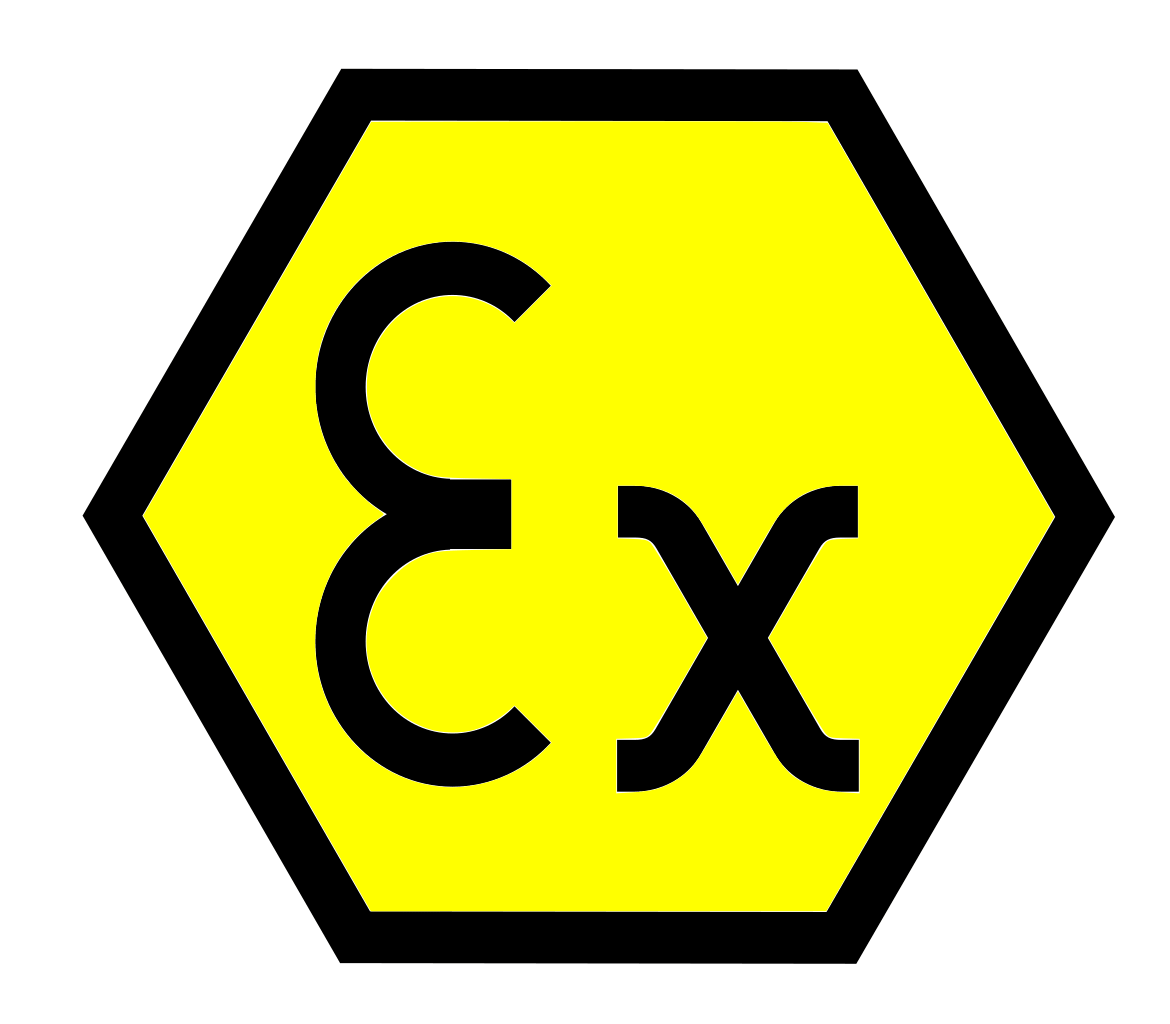The 7-Second Trick For Roar Solutions
The 7-Second Trick For Roar Solutions
Blog Article
The Best Strategy To Use For Roar Solutions
Table of ContentsSee This Report on Roar SolutionsRoar Solutions Can Be Fun For EveryoneRoar Solutions Can Be Fun For Anyone
In order to safeguard setups from a prospective surge an approach of evaluating and classifying a possibly dangerous area is required. The function of this is to make sure the proper choice and installation of equipment to ultimately avoid an explosion and to ensure security of life.
(https://www.cybo.com/AU-biz/roar-solutions)
No tools must be installed where the surface temperature level of the equipment is more than the ignition temperature level of the offered hazard. Below are some typical dust unsafe and their minimal ignition temperature. Coal Dust 380C 225C Polythene 420C (thaws) Methyl Cellulose 420C 320C Starch 460C 435C Flour 490C 340C Sugar 490C 460C Grain Dirt 510C 300C Phenolic Material 530C > 450C Aluminium 590C > 450C PVC 700C > 450C Residue 810C 570C The likelihood of the risk being present in a focus high adequate to cause an ignition will differ from area to location.
In order to categorize this threat an installment is split right into areas of danger depending upon the quantity of time the unsafe exists. These locations are described as Areas. For gases and vapours and dirts and fibers there are 3 areas. Area 0 Zone 20 A dangerous atmosphere is highly most likely to be present and might exist for extended periods of time (> 1000 hours each year) or also continually Area 1 Zone 21 A dangerous ambience is feasible but not likely to be present for long periods of time (> 10 450 C [842 F] A classification of T6 suggests the minimum ignition temperature is > 85 C [185 F] Hazardous location electrical tools perhaps made for usage in greater ambient temperature levels. This would indicated on the rating plate e.g. EExe II C T3 Ta + 60C( This means at 60C ambient T3 will not be surpassed) T1 T1, T2, T3, T4, T5, T6 T2 T2, T3, T4, T5, T6 T3 T3, T4, T5, T6 T4 T4, T5, T6 T5 T5, T6 T6 T6 A T Course rating of T1 suggests the maximum surface area temperature level created by the tool at 40 C is 450 C. Thinking the linked T Class and Temperature level score for the devices are ideal for the area, you can always utilize a tool with a much more strict Department rating than required for the location. There isn't a clear response to this question unfortunately. It really does depend on the type of tools and what repair work require to be executed. Devices with certain test procedures that can not be executed in the area in order to achieve/maintain 3rd party score. Need to return to the manufacturing facility if it is before the devices's service. Field Repair Work By Authorised Personnel: Difficult screening may not be called for however specific procedures might need to be followed in order for the equipment to maintain its 3rd party ranking. Authorised workers have to be utilized to perform the work correctly Repair service have to be a like for like substitute. New component have to be thought about as a straight replacement needing no unique screening of the tools after the fixing is total. Each piece of tools with an unsafe score need to be assessed individually. These are detailed at a high level listed below, but also for more detailed information, please refer straight to the guidelines.
Roar Solutions Fundamentals Explained
The devices register is a detailed data source of devices records that includes a minimum set of fields to determine each item's place, technological parameters, Ex lover go to website classification, age, and ecological information. The proportion of Thorough to Close examinations will be figured out by the Tools Threat, which is examined based on ignition threat (the likelihood of a resource of ignition versus the probability of a combustible ambience )and the hazardous location category
( Zone 0Area 1, or 2). Carrying out a robust Risk-Based Inspection( RBI )approach is important for making certain compliance and safety in managing Electrical Devices in Hazardous Locations( EEHA).
6 Easy Facts About Roar Solutions Described

In terms of eruptive risk, a dangerous location is an atmosphere in which an explosive atmosphere is existing (or may be expected to be present) in amounts that call for unique safety measures for the building and construction, setup and use equipment. high voltage courses. In this article we discover the obstacles encountered in the office, the risk control procedures, and the called for expertises to work safely
These compounds can, in particular conditions, create explosive environments and these can have major and unfortunate effects. Most of us are familiar with the fire triangular get rid of any type of one of the three elements and the fire can not take place, however what does this mean in the context of dangerous locations?
In the majority of circumstances, we can do little about the levels of oxygen in the air, however we can have significant influence on sources of ignition, as an example electric tools. Dangerous areas are recorded on the dangerous area category illustration and are determined on-site by the triangular "EX" indicator. Here, amongst other key information, areas are divided right into three types depending upon the risk, the possibility and period that an explosive ambience will certainly exist; Area 0 or 20 is regarded the most harmful and Zone 2 or 22 is regarded the least.
Report this page